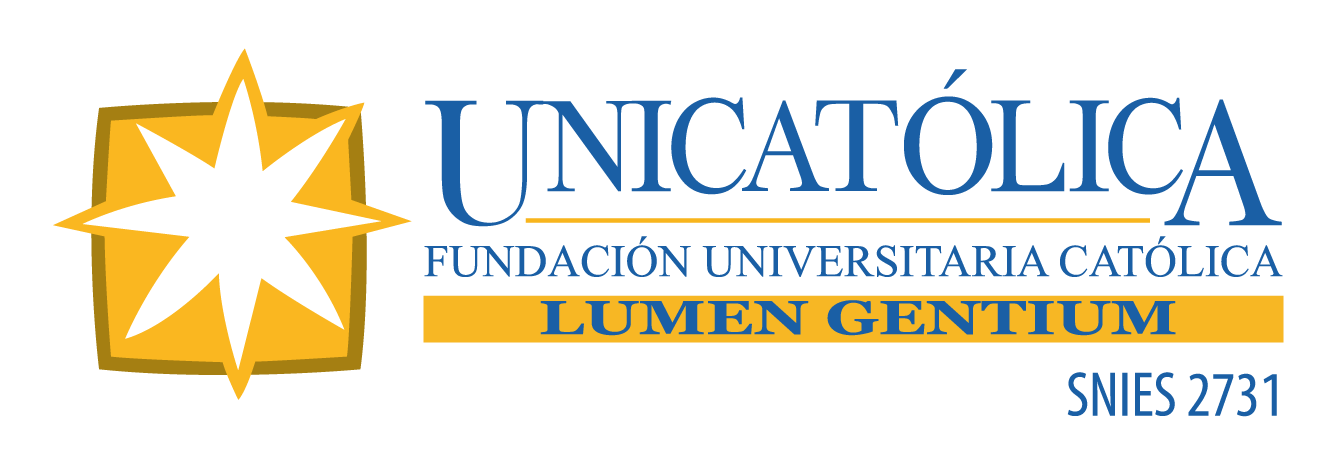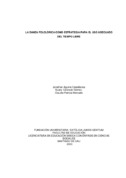La danza folclórica como estrategia para el uso adecuado del tiempo libre
Fecha
2013Metadatos
Mostrar el registro completo del ítemResumen
El presente trabajo de grado tiene como nombre EL TIEMPO LIBRE A DISPOSICIÓN DE LA CULTURA “ propuesta para el uso adecuado del tiempo del tiempo libre desde la cultura aplicando la danza folclórica del Pacífico colombiano en el grado 9º del Colegio Parroquial Nuestra Señora de Guadalupe” tiene como objetivos describir los factores que perturban el buen manejo del tiempo libre, para generar una estrategia que promueva por medio de actividades culturales extracurriculares la interacción de los estudiantes fortaleciendo una sana convivencia y así poner en práctica una propuesta para potenciar el uso adecuado del tiempo libre de los jóvenes de grado 9º del Colegio Parroquial Nuestra Señora de Guadalupe, en pro de fortalecer sus raíces culturales.
Por lo tanto este trabajo está compuesto por IV capítulos que para llevarlos a cabo fueron apoyados con evidencias fotográficas, rejillas que permitieron contextualizar de forma, más detallada la población a trabajar, encuestas, entrevistas, gráficos y análisis, haciendo uso de las metodologías cuantitativa y cualitativa con enfoque etnográfico, relacionado con la observación participante y consulta de material bibliográfico.
Abstract
The present work of degree has as a name THE FREE TIME AT THE DISPOSITION OF CULTURE "proposal for the proper use of free time from the culture applying the folkloric dance of the Colombian Pacific in the ninth grade of the Parochial School of Our Lady of Guadalupe" as objectives to describe the factors that disturb the good management of free time, to generate a strategy that promotes through extracurricular cultural activities the interaction of students strengthening a healthy coexistence and thus put into practice a proposal to promote the proper use of free time of the 9th grade youth of Our Lady of Guadalupe Parish School, in order to strengthen their cultural roots.
Therefore, this work is composed of IV chapters that were supported by photographic evidences, grids that allowed contextualizing in a more detailed way the population to be worked on, surveys, interviews, graphs and analysis, making use of quantitative methodologies and qualitative ethnographic approach, related to participant observation and bibliographical material consultation.

